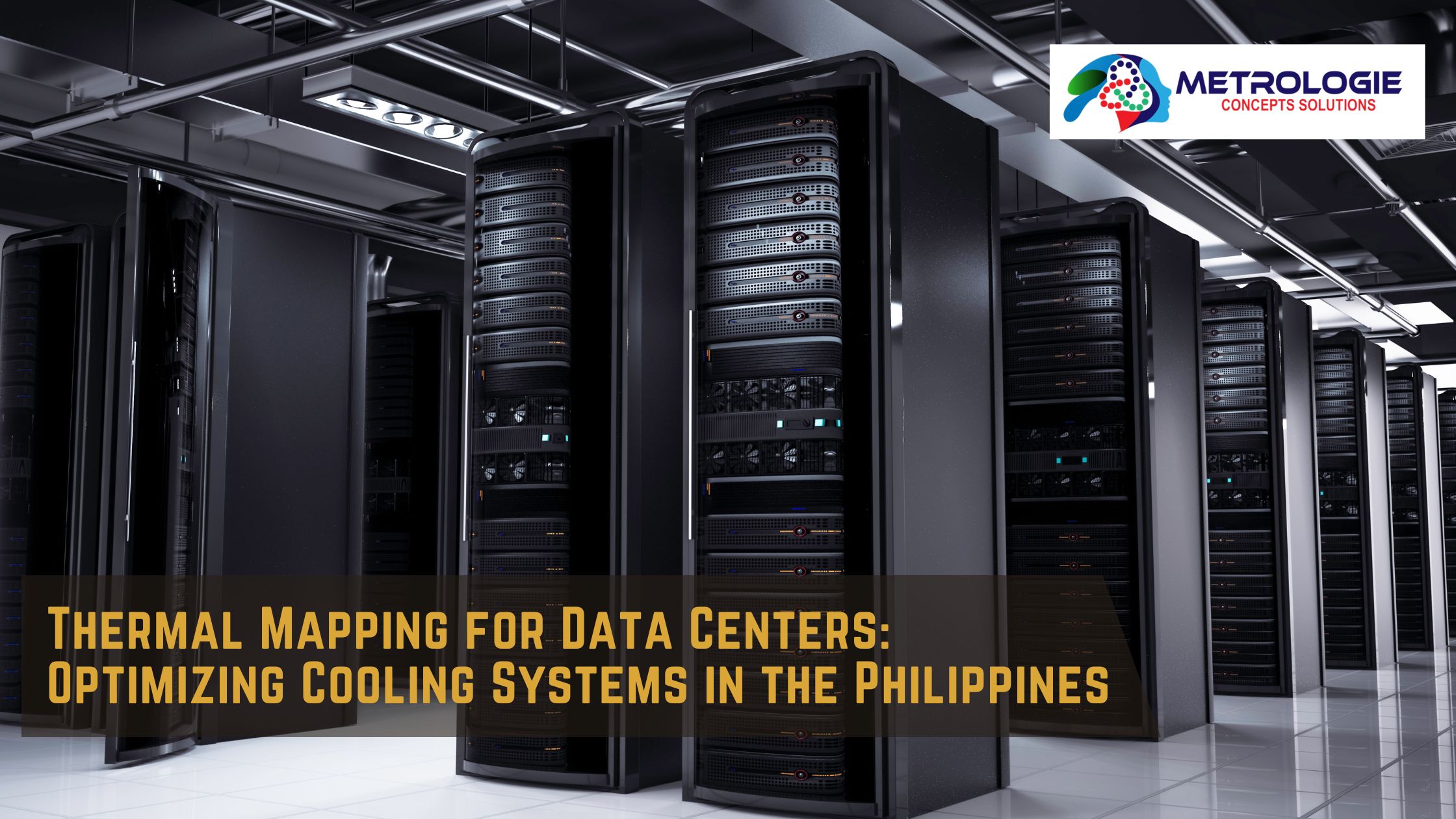Introduction
As data centers become increasingly vital to the digital infrastructure, optimizing their cooling systems has become a priority. In tropical climates such as the Philippines, where high temperatures and humidity levels are common, effective cooling strategies are essential to ensure the reliable operation of data centers. Thermal mapping is a crucial tool in achieving this optimization.
Importance of Cooling in Data Centers
Data centers house numerous servers and other electronic equipment that generate substantial heat during operation. Without proper cooling, this heat can lead to equipment failures, reduced performance, and increased operational costs. In the Philippines, the ambient temperature and humidity further exacerbate these challenges, making efficient cooling systems not just beneficial but essential.
What is Thermal Mapping?
Thermal mapping involves creating a detailed temperature profile of the data center. By using sensors and software, it identifies hotspots and areas with inefficient cooling. This process helps data center managers understand the thermal dynamics within their facilities, enabling them to make informed decisions on cooling system adjustments.
Steps in Thermal Mapping
- Sensor Deployment: Install temperature and humidity sensors throughout the data center, ensuring coverage in key areas such as server racks, cooling units, and open spaces.
- Data Collection: Gather temperature and humidity data over a specified period. This can range from a few days to several weeks, depending on the desired level of detail.
- Data Analysis: Use specialized software to analyze the collected data, identifying patterns and anomalies. This analysis highlights hotspots, areas with poor airflow, and other cooling inefficiencies.
- Optimization Recommendations: Based on the analysis, develop recommendations for optimizing the cooling system. This may include adjusting airflow patterns, reconfiguring server racks, or upgrading cooling equipment.
Benefits of Thermal Mapping
- Improved Efficiency: By identifying and addressing cooling inefficiencies, data centers can reduce energy consumption and operational costs.
- Enhanced Reliability: Proper cooling ensures that servers and other equipment operate within optimal temperature ranges, reducing the risk of hardware failures and downtime.
- Extended Equipment Lifespan: Consistent and effective cooling helps extend the lifespan of data center equipment, delaying the need for replacements and upgrades.
- Environmental Impact: More efficient cooling systems reduce the overall energy footprint of the data center, contributing to sustainability goals and reducing carbon emissions.
Challenges and Considerations in the Philippines
- High Ambient Temperatures: The tropical climate in the Philippines means data centers must contend with higher baseline temperatures, making efficient cooling systems even more critical.
- Humidity Control: In addition to temperature, managing humidity levels is essential to prevent condensation and corrosion of electronic components.
- Energy Costs: Electricity costs in the Philippines can be high, making the energy efficiency of cooling systems a significant factor in operational budgets.
- Infrastructure Variability: Data centers may vary in design, size, and age, requiring customized thermal mapping and cooling solutions for each facility.
Conclusion
Thermal mapping is a vital tool for optimizing cooling systems in data centers, especially in challenging climates like the Philippines. By providing a detailed understanding of temperature and airflow patterns, thermal mapping enables data center managers to implement effective cooling strategies that enhance efficiency, reliability, and sustainability. As the demand for data center capacity continues to grow, leveraging thermal mapping to optimize cooling systems will be essential for maintaining the performance and cost-effectiveness of these critical facilities.



